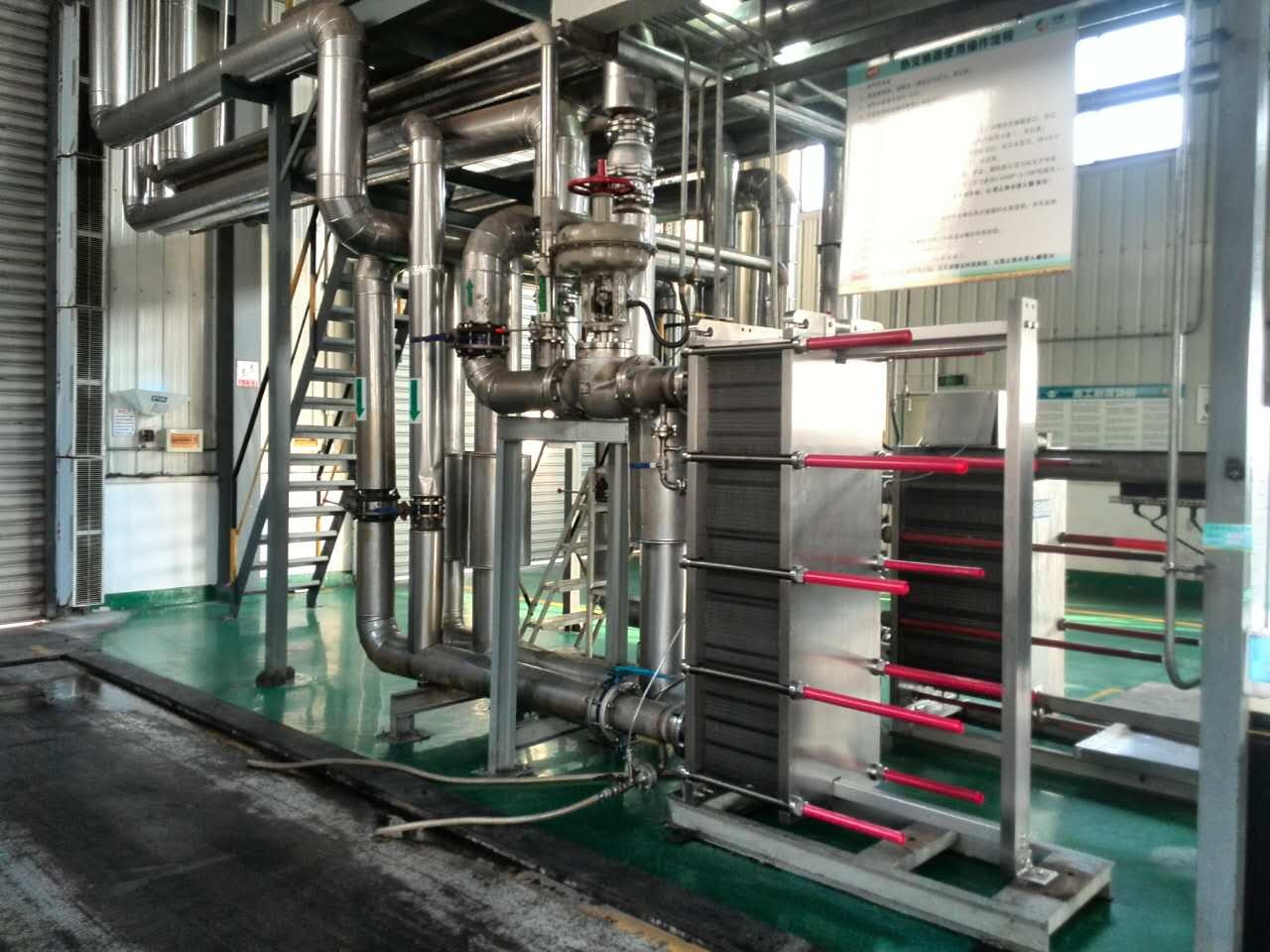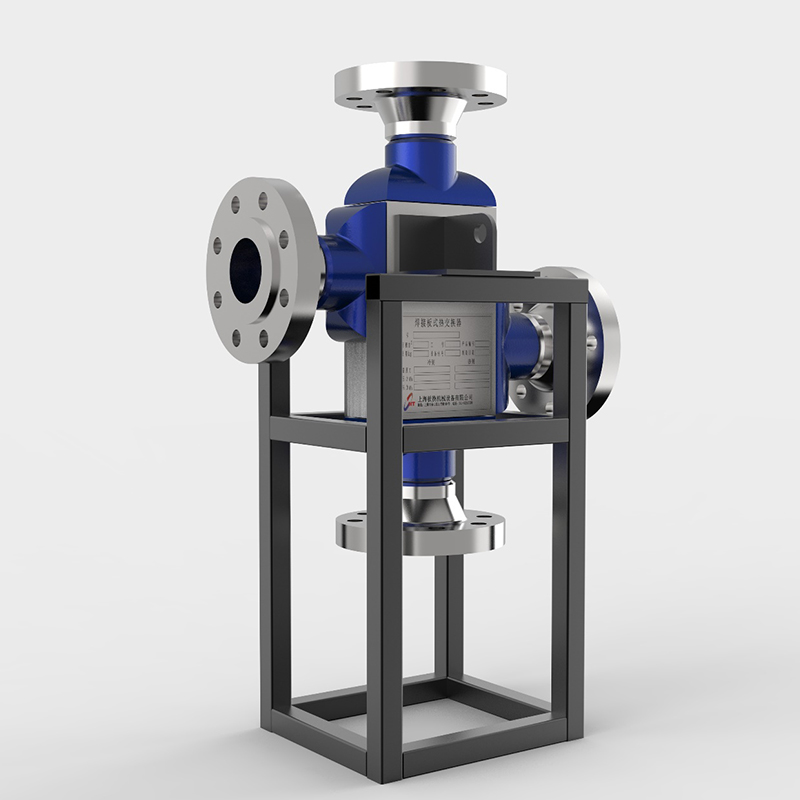5 key roles of plate heat exchanger gaskets.
Plate heat exchanger gaskets perform 5 key roles: ...
More
The chiller plate heat exchanger operates on the principle of indirect heat transfer between two fluids. It consists of a series of thin, corrugated metal plates compressed together in a frame, forming alternating channels for the process fluid and the cooling medium. The plates, typically made of stainless steel or titanium, are designed with gaskets or are brazed to create a sealed system. Heat is transferred from the warmer process fluid to the cooler refrigerant or water without the two streams ever mixing. The large surface area created by the plate corrugations, which induce turbulent flow, is the key to its high thermal efficiency. This turbulence minimizes thermal resistance and fouling, allowing for a significantly greater rate of heat transfer compared to traditional shell and tube heat exchangers. The design enables close temperature approaches, often within 1-2°C, meaning the process fluid can be cooled to a temperature very near that of the cooling medium. This principle makes it an exceptionally compact and effective core component for modern industrial chillers and HVAC systems, providing precise temperature control for a wide array of applications.
The operational principle of the chiller plate heat exchanger is fundamentally superior for achieving maximum thermal efficiency in a minimal footprint. The corrugated pattern on each plate is not random; it is meticulously engineered to create a high degree of turbulence in the fluids passing through the narrow channels. This turbulence scrubs the plate surfaces, continuously breaking up the stagnant boundary layer that acts as an insulator in less efficient designs. This results in exceptionally high heat transfer coefficients. For instance, while a shell and tube heat exchanger might have an overall heat transfer coefficient (U-value) of 250-750 W/m²°C, a plate heat exchanger routinely achieves 2500-7000 W/m²°C for water-to-water applications. This allows a plate model to be up to 80% smaller than a shell and tube unit capable of handling the same thermal load. The counter-current flow arrangement, where the two fluids run in opposite directions, maintains a consistent and optimal temperature difference (log mean temperature difference or LMTD) across the entire length of the unit. This is crucial for chiller applications where precise outlet temperatures are mandatory. The modular nature of the plate pack also allows for easy capacity adjustment; simply adding or removing plates can scale the heat transfer area to meet specific system requirements, offering unparalleled design flexibility for chiller manufacturers and system integrators.
The decision to use a chiller plate heat exchanger is driven by its unmatched combination of efficiency, compactness, and cost-effectiveness, which directly translates to lower operational expenditures and a reduced carbon footprint. In an industrial context where cooling is a major energy consumer, the high thermal efficiency of a plate heat exchanger means the chiller's compressor works less to achieve the same cooling effect, leading to substantial energy savings. Data from industry case studies, such as those compiled by the Hydraulic Institute and Eurovent, show that modern plate heat exchangers can improve the overall efficiency of a chiller system by 15-30% compared to systems using older heat exchanger technology. Their small size and lightweight construction reduce the required installation space and simplify structural support needs, which is a critical advantage in space-constrained facilities or for retrofitting existing systems. Furthermore, the design allows for easier maintenance and cleaning. Gasketed models can be opened completely for inspection and mechanical cleaning, minimizing costly downtime. For applications with fouling fluids, options like brazed or welded plates provide robust, long-lasting performance with minimal maintenance. The material versatility, with plates available in stainless steel 316, titanium, and other alloys, ensures excellent corrosion resistance for harsh applications like seawater cooling or chemical processing. This reliability and durability reduce the total cost of ownership over the system's lifespan, making it a superior investment for any operation requiring precise and reliable thermal management.
Select the most popular foreign trade service products to meet your diverse needs
Learn more about the dynamics and professional knowledge of the foreign trade industry

Plate heat exchanger gaskets perform 5 key roles: ...
MoreAPI 662 defines standards for plate heat exchanger...
More
You can see clear differences between welded block...
More
A gasket in heat exchanger seals surfaces, blocks ...
More
Plate heat exchangers deliver high thermal efficie...
More
A heat exchanger's main parts include the heat tra...
MoreSelect the most popular foreign trade service products to meet your diverse needs
Explore more content related to foreign trade services

User Comments
Service Experience Sharing from Real Customers
Michael Rodriguez
HVAC EngineerThe plate heat exchanger for our new centrifugal chiller is outstanding. The thermal efficiency is remarkable, and the compact design saved us significant space in the mechanical room. A top-tier product that delivers on its promises.
Sarah Chen
Facility ManagerWe replaced our old shell and tube with this plate heat exchanger model six months ago. The improvement in our chiller's heat transfer performance and energy consumption was immediate and substantial. Highly reliable and cost-effective.
David Kim
Maintenance SupervisorExtremely durable construction and very easy to service. The gasket design allows for quick maintenance without major downtime. Took off one star only because the initial installation instructions could be slightly clearer.
Jessica Williams
Process EngineerThis heat exchanger has been integral to our process cooling chiller system. Its corrosion-resistant plates have held up perfectly against our demanding conditions, ensuring consistent temperature control and maximizing our uptime.